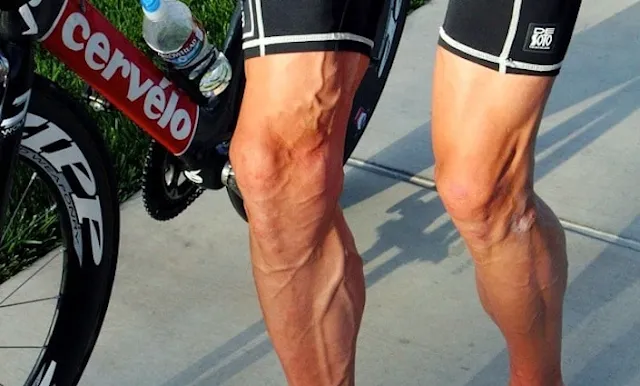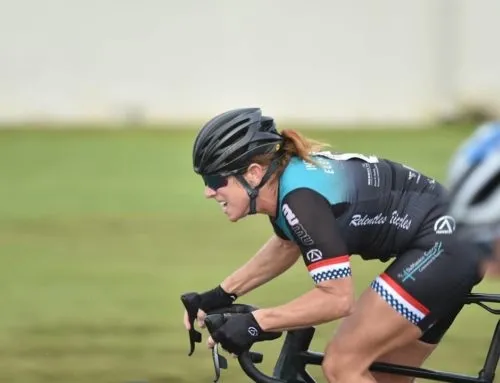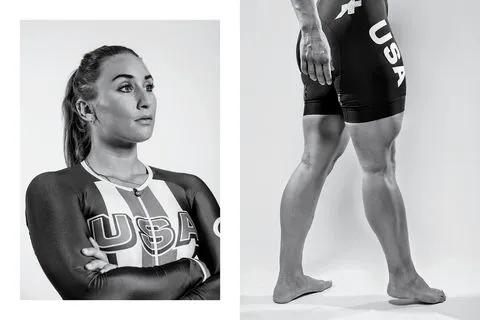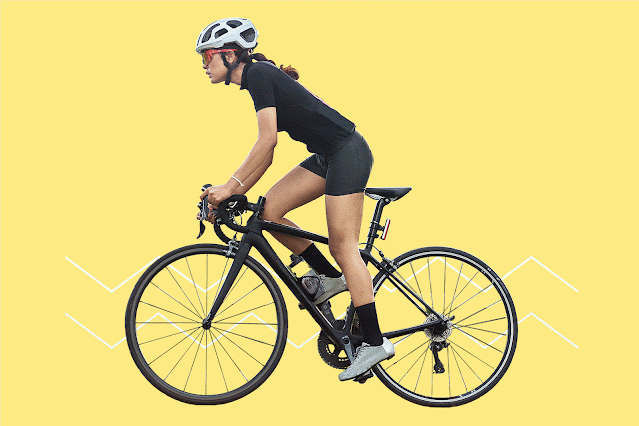What are the effects of Cycling on Body Shape
In this post, we'll explain the effects of cycling on body shape, before and after cycling muscles differnece and female cycling before and after comparisons. How cycling transform the body shape by regular practice and exercise. why cycling (indoor / outdoor) is a good way to change your body form. We'll go into the specifics of how cycling affects the entire body shape.
One thing to keep in mind is that the consequences of cycling vary from person to person body transformation, and even more so between men and women. As a result, the influence of cycling on the body begins with the type of body you have.
Let's take a look at how cycling affects your body shape, why your full body muscles are affected, and how it affects your mental and cardiovascular health.
Effects of Cycling on Body Shape in Male & Female)
It's a fact that practically all exercises have some effect on the entire body. Different exercises are utilized to target various body areas. You can, however, modify routines and programms to your specific needs, focusing on the muscles you wish to tone.
Cycling is similar in that, while its primary focus is on the lower body transformation, it also provides numerous other benefits. You may make it a full-body workout by adding variants to target specific body muscles.
Cycling has several advantages, making it difficult to single out the most essential. All benefits, according to researchers, are equally important and effect on body shape equally. The first thing to remember is that male and female bodies have fundamental physiological distinctions.
Choose a flat bike path if you're a beginner. Try mountain biking or off-road biking if you can tackle advanced roads and want a more challenging workout that also utilizes your upper body and core.
1. What Muscles Does Cycling Work - Before and After Cycling Muscles
Cycling is a great way to get a full-body workout. It not only helps you stay fit and healthy, but it also works many of the muscles in your body. Below you will learn about the difference between before and after cycling muscles. From your calves and glutes to your core and upper body, cycling engages various muscles throughout the ride.
In coming section, we’ll discuss what muscles cycling works and how to make sure you’re getting the most out of every ride. .The Muscles of Cycling engages many different muscles throughout the ride, so the kind of riding you do and the intensity level you’re going for will determine which muscles are worked. The primary muscle groups that cycling works include:Quadriceps – these muscles contract to extend, or straighten, your knee joint as you push off with your foot when cycling. They can also be recruited to help protect your knee joint during a crash.
Tip : Cycling in winter is awesome with these cycling jackets.
2. Lower Body Muscle Development
2. Effect of Cycling on Legs Strength and Shape
3. What Muscles Does Cycling Tone
Cycling is an effective way to get in shape and tone up your muscles. It works both the lower body and upper body muscles, providing a full-body workout. Cycling tones your legs, glutes, core, arms, shoulders and back muscles. It also helps to improve cardiovascular health and increase muscle endurance. With regular cycling you can see significant changes in your body composition as well as improved fitness levels.
Arms Muscle Toning
4. Effect of Cycling on Men and Women's Body Shapes
When compared to running, cycling takes a longer time to achieve results. Cycling is primarily a leg-dominant sport, which means that the legs are the first to change shape and muscle mass.
Effect of Cycling on Body Shape Male:
Effect of cycling on body shape in Female Cyclists:
If a woman rides more than four times a week for more than 60 minutes, she might expect to lose weight gradually.
- Cycling is not a weight-bearing exercise, whereas running is.
- Cycling has a minimal impact compared to running, which has a large impact.
- Cycling has a lower injury rate than running.
- Cycling will tone your body more slowly than jogging, but the benefits will remain longer.
5. Flat Stomach
Be aware that low-intensity cycling burns more fat than high-intensity cycling. Maintain a steady pace so that conversions appear neither too tough nor too simple.
6. Cycling is workout for the core
Cycling engages core muscles such as the abdominal and back. It aids in keeping the body upright, and it necessitates a significant amount of core power to keep the cycle in the proper posture. When cycling, having a strong back and abdominal can help to support the spine, improve comfort, and promote stability.
7. Cycling Impact is minimal.
8. Enhance your cognitive abilities by regular cycling
9. Increasing your strength
Plan on doing at least 150 minutes of cycling every week to enhance your strength which leads to fit body shape. After a few weeks of frequent courses, you may see effects, but you'll need to keep up on regular basis to keep the results.
10. Benefits to the cardiovascular system
Core. Throughout the session, use your core to support your body, which will help you attain general balance, especially when you're standing.
The upper body. On the bike, support yourself with your upper body. Upper-body workouts using dumbbells or resistance bands are included in some classes.
Back. Maintain a strong, stable spine throughout the session to assist your back muscles improve and tone.
Glutes. Each pump will target your glutes, especially if you step up from your seat, undertake an incline, or increase the resistance.
Quadriceps. As you ride and climb hills, your quadriceps will be the primary muscles worked, resulting in strong, toned legs.
Hamstrings. Cycling helps to strengthen and loosen your hamstrings, which aid to pull the pedal up and stabilize your joints with each cycle.
Legs on the ground. With each cycle, you'll strengthen your calves, which will assist protect your ankles and feet when cycling and during regular activities.
Frequently Asked Questions (FAQs)
Does Biking Build Muscle?
Biking is an effective way to build muscle and improve physical fitness. It is a low-impact exercise that is easy on the joints, and it can help you to develop strength in your legs, hips, and core. Additionally, biking can help you burn calories and lose weight. With regular biking, you can build muscle mass and increase your overall physical fitness levels.
Is Biking Good Exercise?
Biking is an excellent form of exercise that can provide numerous health benefits. It can help you increase your endurance, improve your cardiovascular health, and lose weight. It is also an enjoyable and convenient way to stay active. Additionally, biking can be done almost anywhere in the world and requires minimal equipment or money to get started. With all these advantages, it's no wonder why biking is becoming one of the most popular forms of exercise for people of all ages.
Is Cycling Good Workout?
Yes, cycling is an excellent form of workout that can provide a wide range of health benefits. It is low-impact and easy to get started, making it an ideal form of workout for people of all ages and fitness levels.
Cycling can help to improve cardiovascular health, strengthen muscles, and burn calories. It is also a great way to explore the outdoors and enjoy the fresh air. By cycling regularly, you can reap the physical and mental benefits that come with regular exercise.
Bottom Line: -
Experts claim that there are many effects of cycling on body shape, low-intensity cycling burns more fat than high-intensity cycling. Bicycling also helps you achieve a flat stomach by strengthening your abdominal muscles.







